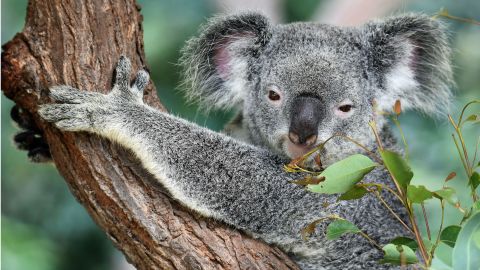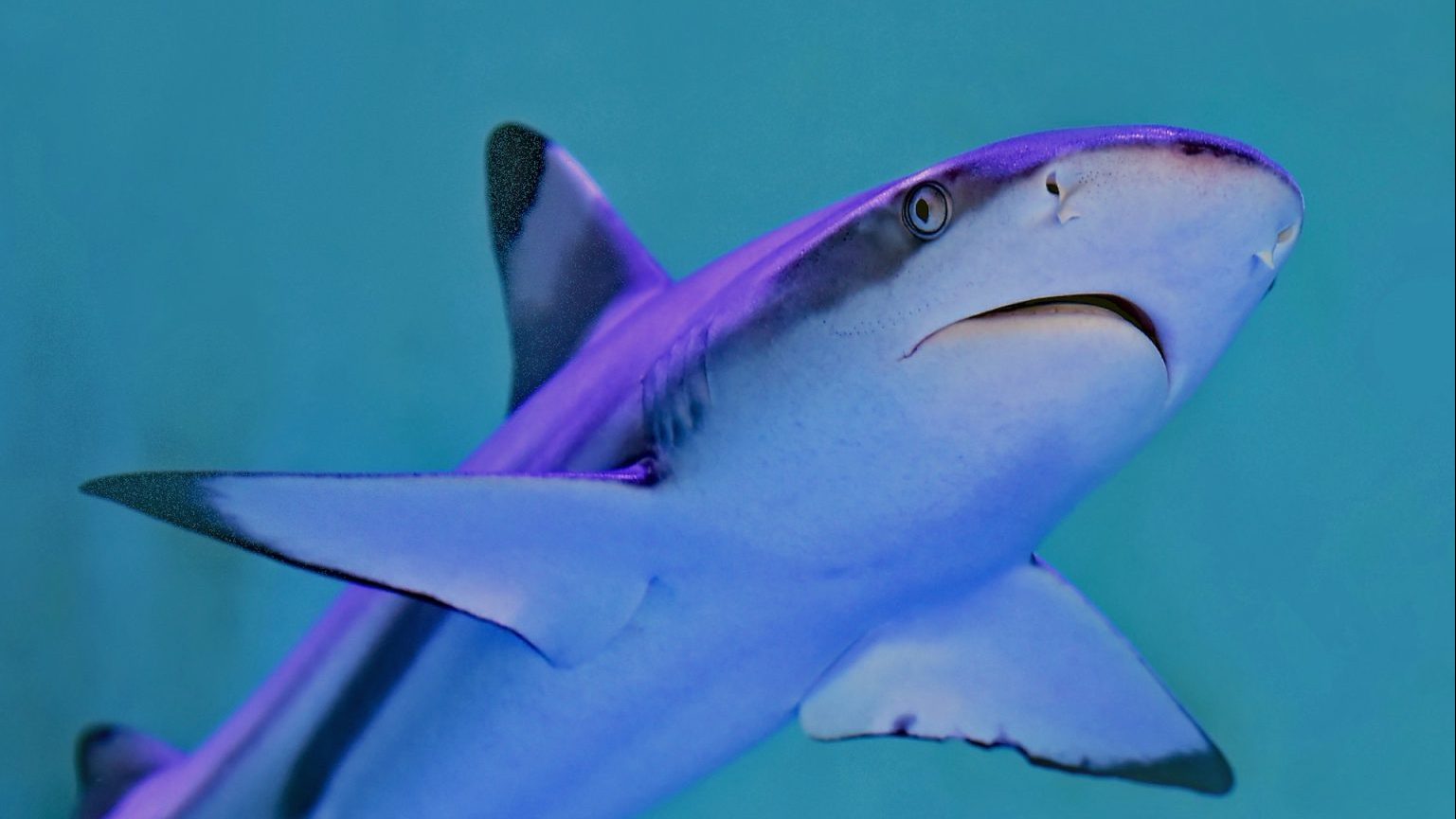Biodiversity isn’t just pretty: it future-proofs our world

A small boy hauls enthusiastically on his fishing rod. The line flies up and a needle-spined fish strikes him in the eye. Desperate to stay outdoors, he ignores the pain, but his sight deteriorates over the following months. He continues to pursue his love of nature but, now blind in one eye, he is confined to studying creatures that are easy to see: insects. He grows to become the global authority on ants, and in later life is given the moniker ‘the father of biodiversity’.
The man is E O Wilson, the eminent American biologist. In his book The Diversity of Life (1992), he described biodiversity as an assemblage that ‘has eaten the storms – folded them into its genes – and created the world that created us. It holds the world steady.’ We tend to think of biodiversity as a landscape of teeming jungles and coral reefs, its destruction manifesting as forest clearance and species extinction. However, these images don’t capture the full significance of the equilibrium that Wilson described. Biodiversity is not just the abundance of life on Earth. Rather, it is what maintains the resilience and flexibility of the environment as a whole, so that life can weather the inevitable ‘storms’.
The global Convention on Biological Diversity defines its subject as variability among living organisms at three different levels: within species, between species, and of ecosystems. The first diversity, ‘within species’, is at the level of the gene. A species is made up of individuals. For example, the 10,000 or so species of ant are estimated to comprise a staggering 1015 individuals. (That’s 1 followed by 15 zeroes!) With the rare exception of twins, each of these individuals will have their own unique combination of genes. If we destroy half of the ants in each species, we will still have 10,000 kinds of ant, but we’ll have lost 50 per cent of each species’ genetic diversity. In recent history, many species have been reduced to far smaller numbers. Pre-Columbus, 25 million bison roamed the plains of North America, but by the late 1880s fewer than 100 remained in the wild. Although conservation interventions have since increased bison numbers to the hundreds of thousands, the genetic diversity that was lost can never be recovered.
We can think about the value of genetic diversity using examples from our own species. Humans have different alleles or gene variants for eye colour, hair curliness, muscle tone and so forth. These alleles can be advantageous in one environment but not in another. In cloudy northern climes, pale skin is good for increasing the uptake of vitamin D, but in sunny regions it’s disadvantageous, as it makes people prone to sunburn and skin cancer. Efficient fat storage will increase your survival on an island where the food supply is unpredictable, but it can be a fast-track to Type-2 diabetes if you follow a sugar-loaded Western diet. A wide genetic diversity gives us more options in the face of rapid environmental change, whether that change is due to climatic conditions, a new disease or an invasive species.
The second layer is diversity ‘between species’. This is the definition of biodiversity with which we are most familiar – the fantastic assortment of animals, plants and micro-organisms in the world. According to a 2011 report, of the 9 million or more estimated total species on Earth, we’ve described about 1.2 million. We have a good knowledge of plants, birds and mammals. By contrast, a trawl of the deep sea can yield around 90 per cent of unknown species. Species are not evenly distributed across the world. There are multiple hypotheses for what lies behind this trend, but the pattern is clear: species richness increases from the poles to the equator.
Lastly, we have ‘diversity of ecosystems’. Species interact with each other and with the sunlight, air, soil and water to form ecosystems. From the arctic tundra to tropical rainforest, from estuaries to the midnight zones of the deep sea, the Earth houses a wealth of ecosystems. Delineating these zones is not always straightforward. An ecosystem might be as large as the Great Barrier Reef or as small as the community of sponges, algae and worms hosted on a spider crab’s shell. While there is a clear division between a coastal forest and the sea below, there is no distinct point at which a forest ends and a savannah begins.
The species within an ecosystem compete with each other for resources such as light and food – but they also rely on each other. Of the world’s flowering plants, 87 per cent are pollinated by animals, and coral reefs provide shelter for 25 per cent of our marine life. Bacteria recycle dead matter into nitrates, the only compounds from which plants can build proteins. Ecosystems provide ‘services’ that support life both within and beyond the ecosystem. Humans could not live without these services, which include clean air, drinking water, decomposition of wastes, and the pollination of food plants.
One intriguing natural phenomenon is that, in any given ecosystem, a few species will be very numerous, but most will be quite scarce. That is, common species are rare, and rare species are common. Just as genetic diversity provides species with resilience to environmental change, species diversity increases the resilience of ecosystems. For example, there’s a rare species of yeast found in freshwater ecosystems in eastern Pennsylvania. In the presence of mercury contamination, the yeast short-circuits the metabolic pathway by which most species succumb to poisoning. It stores the quicksilver in a vacuole and later deposits it on a surface such as a rock. During this time, the yeast becomes very abundant, but the toxic environment reduces the abundance of other species. Once the yeast has cleaned up the mercury, however, environmental conditions no longer favour it; it declines in number, and those of other species rebound. In the right conditions, it seems likely that any rare species would be able to increase its abundance in an ecosystem. In this way, an ecosystem’s diversity might reflect what’s happened in its environmental past, and indicate its potential to adapt to future change.
The irony is that the word ‘biodiversity’ has currency mostly because humans are in the process of destroying what it refers to. The term was first used at the US National Research Council in 1985, while convening a forum to address concerns regarding biodiversity loss. Following the event, the philosopher Bryan Norton likened the Earth to a patient whose survival is dependent on a life-support machine. Hospital staff enter and announce that, in order to increase the hospital’s revenue, they will be selling a few components of the machine. ‘It’s got so many wires and screws, it can’t possibly need them all,’ they blithely assure the patient. Would you take that gamble? Biodiversity underpins life as we know it. It is the very apparatus that holds us steady.

Elizabeth Boakes
This article was originally published at Aeon and has been republished under Creative Commons.





